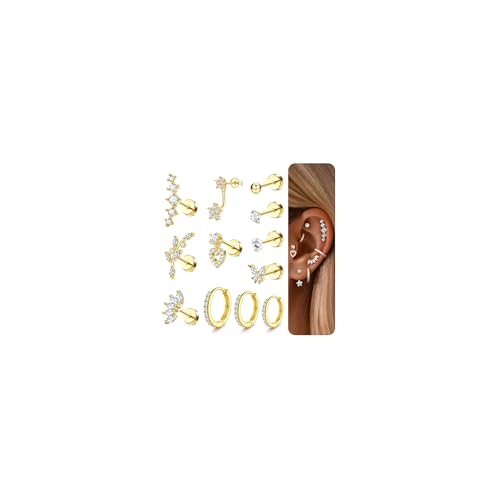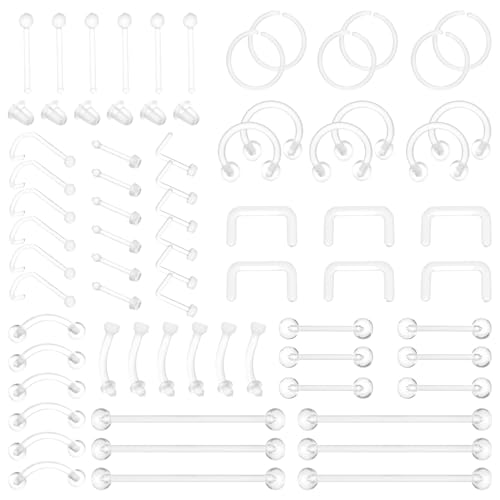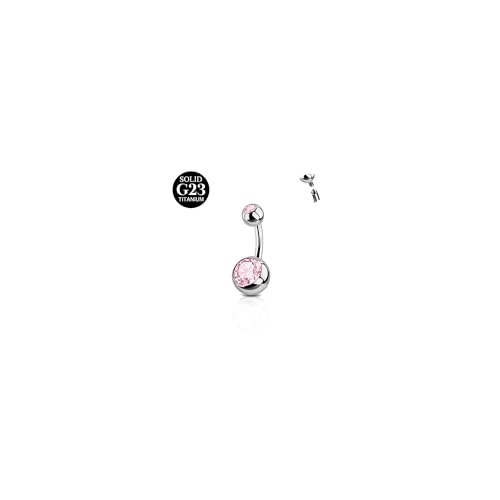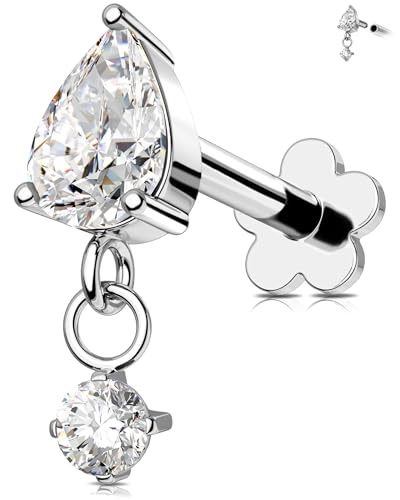Piercing has become a popular form of self-expression among women, offering a variety of options that cater to different styles and preferences. The following are the top 10 piercings that have captured the attention of many, showcasing their unique attributes and popularity trends.
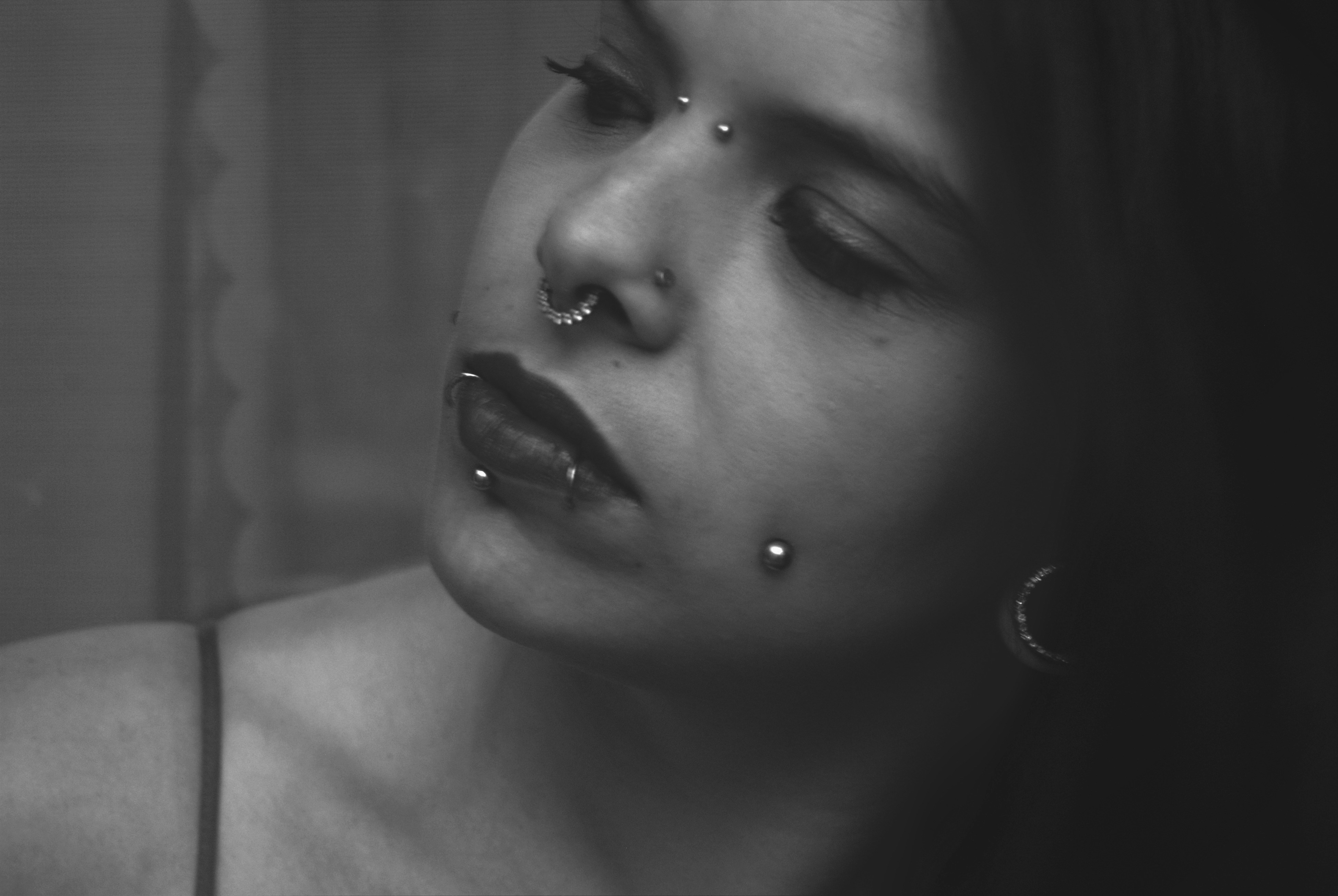
1. Earlobe Piercing: This is the most common type of piercing, typically done on the lower part of the earlobe. Its healing time is generally around 6-8 weeks, with minimal pain. The earlobe piercing allows for a range of jewelry options from studs to hoops, making it a versatile choice.
2. Cartilage Piercing: Located in the upper part of the ear, cartilage piercings can take anywhere from 6 months to a year to heal. The pain level may be moderate due to the cartilage being pierced. Women often choose this type for its edgy aesthetic and the ability to stack multiple piercings.
3. Nose Piercing: Popular in various cultures, the nose piercing typically involves either the nostril or septum. Healing can take 2-4 months, with a pain level that varies from mild to moderate depending on the chosen location. Women appreciate the nose piercing for its bold statement and trendy accessory options.
4. Septum Piercing: Located through the cartilage between the nostrils, septum piercings require a longer healing time of about 6-8 months. Pain levels can be higher initially, but many find the look appealing as it can be adorned with rings or retainers that showcase individual style.
5. Eyebrow Piercing: This is often an unconventional choice, done through the skin above the eye. It usually heals within 6-8 weeks, with a moderate pain level. Women favor eyebrow piercings for the unique flair they contribute to facial features.
6. Rook Piercing: Situated in the upper ear, this piercing passes through the anti-helix. It requires a healing period of 6-12 months and can be quite painful. The rook piercing is known for its distinctive placement and ability to hold stylish jewelry, making it a favorite among those seeking individuality.
7. Conch Piercing: Another ear location, conch piercings can be either inner or outer, with healing times ranging from 3-12 months. Pain levels may vary, and the conch is often adorned with larger hoops or cuffs that draw attention.
8. Lip Piercing: This includes various placements around the lip area, such as labret or Monroe piercings. Healing generally takes about 6-8 weeks, with mild to moderate pain. Lip piercings are chosen for their trendiness and versatility with rings, studs, and charms.
9. Daith Piercing: Located in the inner cartilage of the ear, daith piercings are believed by some to help with migraines. The healing process can extend up to a year, with a notable pain level attributed to the cartilage. Many find this piercing attractive for its unique aesthetic appeal.
10. Tragus Piercing: This piercing is performed on the small piece of cartilage that partially covers the ear canal. Average healing time ranges from 3 to 6 months, and it can be moderately painful. The tragus piercing is often highlighted for its subtlety, combined with the opportunity for unique jewelry choices.
These top 10 piercings reflect the evolving trends in body art among women, providing both aesthetic pleasure and personal significance. By choosing any of these styles, women can accentuate their individuality while embracing the cultural aspects of piercing.
Aftercare and Maintenance for Piercings
Proper aftercare and maintenance of piercings are essential for ensuring a smooth healing process and preventing complications. The initial healing period can vary based on the type of piercing, but common guidelines apply to most. It’s crucial to keep the area clean and avoid irritation. Begin by washing your hands thoroughly before touching your new piercing. Use a gentle saline solution or a recommended antiseptic to clean the area twice daily. Avoid using alcohol or hydrogen peroxide, as these can disrupt the natural healing process.
Managing discomfort such as pain and swelling is also an important part of aftercare. If you experience swelling, applying a cold compress can help reduce inflammation. Over-the-counter pain relief medication may be recommended; however, always consult with a healthcare professional for personalized advice. Additionally, it is important to ensure that jewelry is made from hypoallergenic materials to minimize allergic reactions. Avoid changing the jewelry prematurely, as this can lead to irritation or infection.
Be vigilant in monitoring for potential complications. Watch for signs of infection, such as increasing redness, swelling, or discharge, which may indicate that your piercing requires medical attention. For specific types of piercings, follow tailored care instructions. For example, cartilage piercings may require a more prolonged healing time, whereas earlobe piercings typically heal more quickly. Always consult with your piercer if you are uncertain about how to care for your specific piercing.
In conclusion, responsible aftercare and regular maintenance play vital roles in the successful healing of your piercing. Understanding the unique requirements based on piercing type and adhering to general care guidelines will help achieve optimal results, allowing your new piercing to shine.
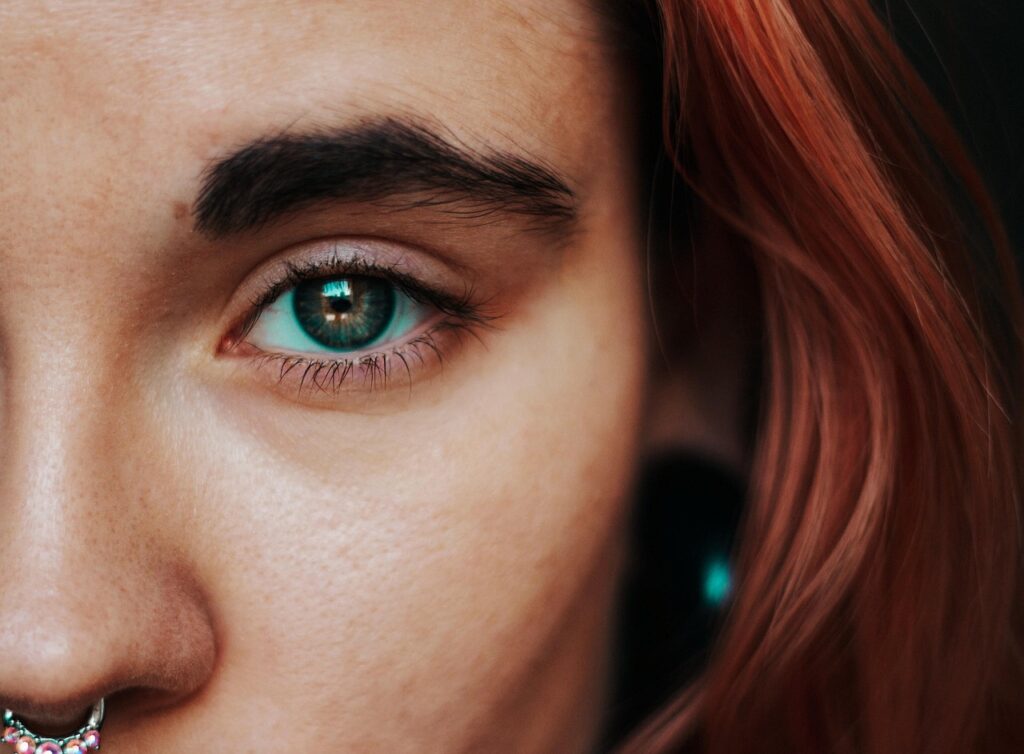
Choosing the Right Piercing for You
When considering a piercing, it’s essential to reflect on your individual style, personality, and lifestyle. Each type of piercing presents a unique aesthetic that can enhance one’s overall look, but it’s vital to select one that aligns well with your personal brand. For example, individuals with a more edgy or alternative style may gravitate towards facial piercings, while those favoring a classic look might opt for traditional ear piercings or subtle cartilage placements. Assessing your desired expression can guide you toward the most suitable options within the top 10 piercings popular among women today.
Additionally, evaluating your pain tolerance is crucial in this decision-making process. Different piercings have varying levels of discomfort associated with them, often depending on both the body part being pierced and the individual’s sensitivity. Researching forums or talking to friends can provide insight into the pain levels of different piercings, helping you prepare for the experience. Furthermore, it’s important to consider your work or school environment; some institutions have strict policies regarding visible body modifications, which can influence your choice of piercing and its placement.
Consulting with professional piercers is also a key step when determining the right piercing. An experienced piercer can advise you based on your anatomy and personal preferences, ensuring that the piercing not only suits your style but is also feasible for your body. They can also provide valuable information on the quality of materials used in jewelry, which is essential for preventing allergic reactions or infections. High-quality, hypoallergenic materials are advisable, particularly for initial piercings. By taking these factors into account, you can make a well-informed decision that aligns with your lifestyle and personal taste, ultimately enhancing your confidence and self-expression through body art.

